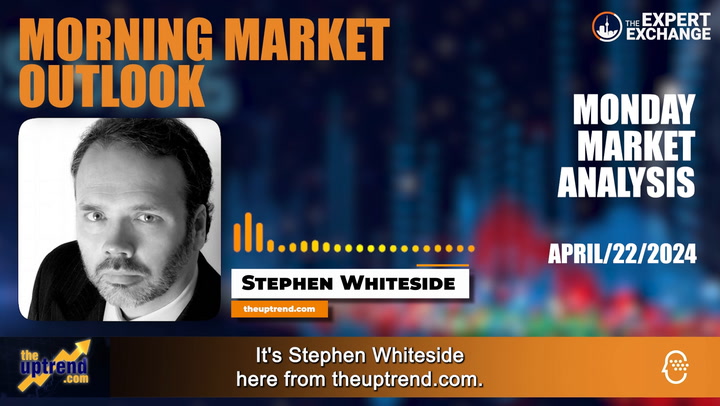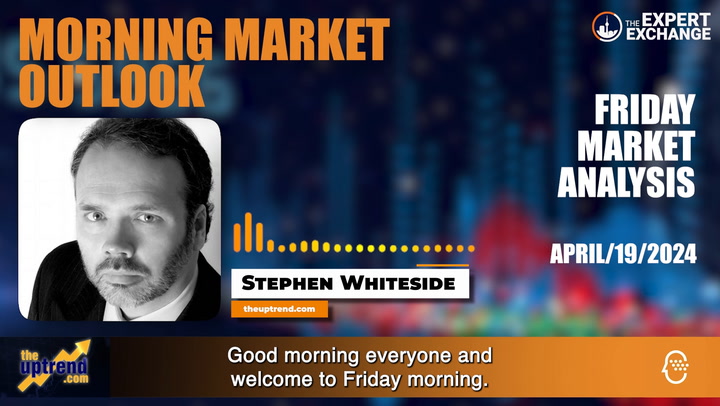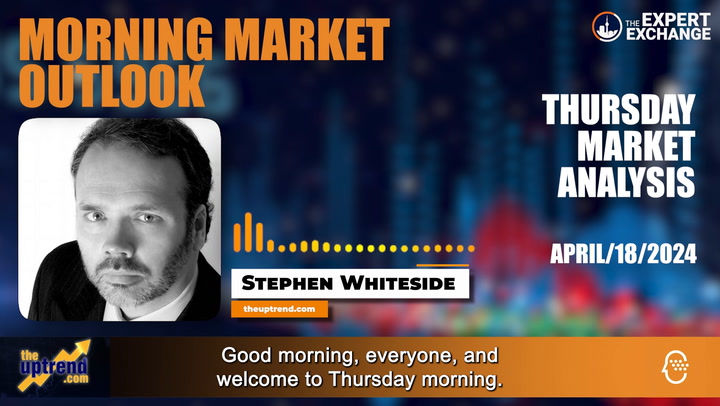The year began much as the last one ended, with a mix of dread and optimism toward markets and the world at large.
By the end of January, less than one million Canadians had been vaccinated and unemployment was surging, while strict limits on foot traffic left many small businesses with no choice but to close their doors in spite of government assistance programs.
We were also in the throes of reactionary movements in both science and politics – best illustrated by the January 6th insurrection at the United States Capitol – tempered with a rise in activist organizations focused on justice for those for whom prejudice is a daily occurrence.
Nearing the end of December, the picture is in many ways considerably brighter: our fully vaccinated count is nearing 30 million, employment and consumer spending have found their groove again, and the S&P/TSX Composite Index is up approximately 75 per cent since the March 2020 lows.
The freedom to roam has also returned, with the requisite precautions, such that most Canadians probably feel settled into a new normal that allows them to move on with their lives. This sentiment includes companies keen on re-engaging with supply chains, or re-routing toward new ones, in the hopes of revisiting growth trajectories that simply had to lay dormant for a year, cash flow permitting.
That said, as an old-world economy, one dominated by banks, energy companies, miners and telcos, Canada couldn’t depend on a thriving technology sector to keep productivity up with its workforce in isolation – though Shopify put up a valiant effort, surpassing RBC to become our largest public company. Instead, industry concentration brought with it increased volatility, and our fair share of circuit breakers, pushing investors right up against their respective risk tolerances.
With an eye on keeping a level head as global markets test all-time highs and speculation remains front and centre with crypto, commission-free trading and generationally low yields, here are three themes to consider as an investor in 2022.
Risk management
While the TSX’s p/e ratio hovers around 20, which is high relative to history, this data point alone says little about the value of an investment or the market as a whole moving forward.
A high multiple may be justified by low interest rates, the momentum of the world economy reopening all at once or by a company’s leadership position in its industry. On the contrary, it may indicate excessive risk and the benefits of staying away. In either case, the metric is an indication, never a certainty.
For valuation to be useful, it requires context from an investor’s particular strategy and the path forward it determines for them. This is why, according to Barry Schwartz, Chief Investment Officer at Baskin Wealth Management, knowing your investment lane and digging deeper into market conditions are key to navigating temporary turmoil without pulling your hair out.
“We play the game of buying companies that we hope will stay good over the long term,” he said. “I don’t buy emerging companies. I don’t buy speculations.”
With that in mind, he continued, “We have to look at what expectations are moving forward in the context of current interest rates and inflation. Stocks should trade at a multiple that reflects business quality and business makeup, as well as the potential for future profits, where profit margins are going to go, the quality of the management and the ability to reinvest excess capital; so many things come into play.”
“No one has a crystal ball about what the future is going to look like,” he cautioned, “but in our opinion, stocks are not expensive in an environment where interest rates are extremely low.”
In sum, while it may be tempting to join the herd after this or that hot investment, actionable theses can only be gleaned from reasoned assessments, ones that align with your goals, timeframe and risk tolerance. This is the difference between taking a flyer and a sound allocation decision.
Inflation
With consumer prices spiking 4.7 per cent YOY in October, and Canadians growing more comfortable with service-based businesses, monetary policymakers are ready to slow the economy down if post-pandemic demand proves too hot to handle.
The Bank of Canada’s benchmark rate currently stands at 0.25 per cent – down from 1.75 per cent in early 2020 – with Governor Tiff Macklem suggesting a hike could come as early as April of next year. The market is pricing in at least four additional hikes after that, which would not bode well for stocks.
“I think there’s an expectation that interest rates are going to go up over the next couple years, barring inflation falling off the table, which is possible,” Schwartz noted. “I think we are at peak inflation, but if rates go up, they are negative to stock prices, that’s the bottom line. And that could be detrimental to the housing market and the global economy too.”
In other words, it remains entirely possible that demand normalizes, supply chains sort themselves out and these rate hikes never materialize. Whatever the short-term noise, it is at best an untrustworthy guide.
Recall last May’s spike in lumber prices, when one thousand board feet would cost you approximately US$1,700. The reigning sentiment at the time was that homebuilders were in for a long wait before reasonable prices returned. Lumber then proceeded to fall to US$385 in August, only to find its way back to the US$650 mark this month, leaving even the most seasoned analysts baffled as to the signal embedded in these moves.
When it comes to weathering volatility, adherence to one’s investment process regardless of market conditions is the determining factor. Whether that means active management or buy-and-hold, this is the starting point for every investor. This is especially relevant to TMH Canada readers and their focus on the small and micro-cap space.
“Small cap businesses are benefitting from low interest rates and a wonderful economy that’s very strong and willing to speculate. But that could change if rates go the wrong way or the economy starts to falter,” Schwartz said. “The TSX Venture is littered with the corpses of businesses that people thought were the next greatest thing, so just be careful. The good times do not last forever; they are cyclical.”
These are wise words when we consider how the Canadian economy is booming in times of incredible uncertainty. Earnings are at record levels but unevenly distributed, with large-cap companies thriving as mom-and-pop enterprises struggle to get by. It remains to be seen how this peculiar dynamic will play out.
“If we’ve learned anything,” Schwartz said, “markets are complex and adaptive, as people are. We face crises and we find opportunities in those crises to make money, adapt the way we work and adapt the way we live.”
COVID expectations
While delineating an investment process and sticking to it are cornerstones of wealth management, there is little an investor can do to account for known unknowns besides remembering that downturns are both inevitable and temporary.
As the Omicron variant spreads across the world, it’s human nature to want to predict what the ultimate consequences might be. Are we in store for a renewed round of lockdowns that bring the economy to a halt, or will Canadians carry on unaffected thanks to herd immunity and the government’s sharpened sense of health and safety? While it is a humbling admission, the truth is that nobody knows.
With time travel unavailable as of yet, all investors have to hold steadfast to is the market they’re presented with. And right now, that market looks happy to continue on the largely uninterrupted bull run preceded by 2008’s Great Financial Crisis.
“The takeaway that some people may have, and it’s very wrong, is that pandemics can be good for your portfolio,” Schwartz noted. “If you take a step back and look at the history without any narrative, you would see that we’ve had the worst pandemic since 1918 and yet, stock markets only had a very short dip and then a large recovery. But obviously, if you dig deeper, you can see these were times of unbelievable uncertainty.”
The essential point here is that investor expectations tend to exaggerate the good times as well as the bad because we believe, as a whole, that the current climate will carry on unabated.
While there was talk of the post-COVID era turning into another Roaring 20s, those hopes have failed to emerge. For one, travel continues to struggle, with stalwarts like Air Canada still recovering from an over 70-per-cent drop in 2020 traffic from the year prior. Gold and silver companies like Barrick, Franco Nevada and Fortuna have also been lacklustre in an environment tailormade to benefit real assets.
Thankfully, though we find ourselves in unpredictable times, the outlook for the Canadian market is quite promising. Schwartz pointed to $70 oil as a tailwind, as well as how our banking system is back to full functionality, marked by stock buyback programs and dividend hikes across the board. He also mentioned how immigration should soon pick up, which will help companies facing labour inflation. But of course, we cannot rest on these laurels.
“The setup is quite nice for Canada heading into 2022 and beyond but it all rests on the global economy,” Schwartz said. “No one knows what the next uncertainty is or isn’t. There are always going to be pullbacks and corrections in the markets and we see them as opportunities.”
On that balanced note, we here at TMH Canada thank you for your readership and wish you happy holidays and a prosperous new year.






